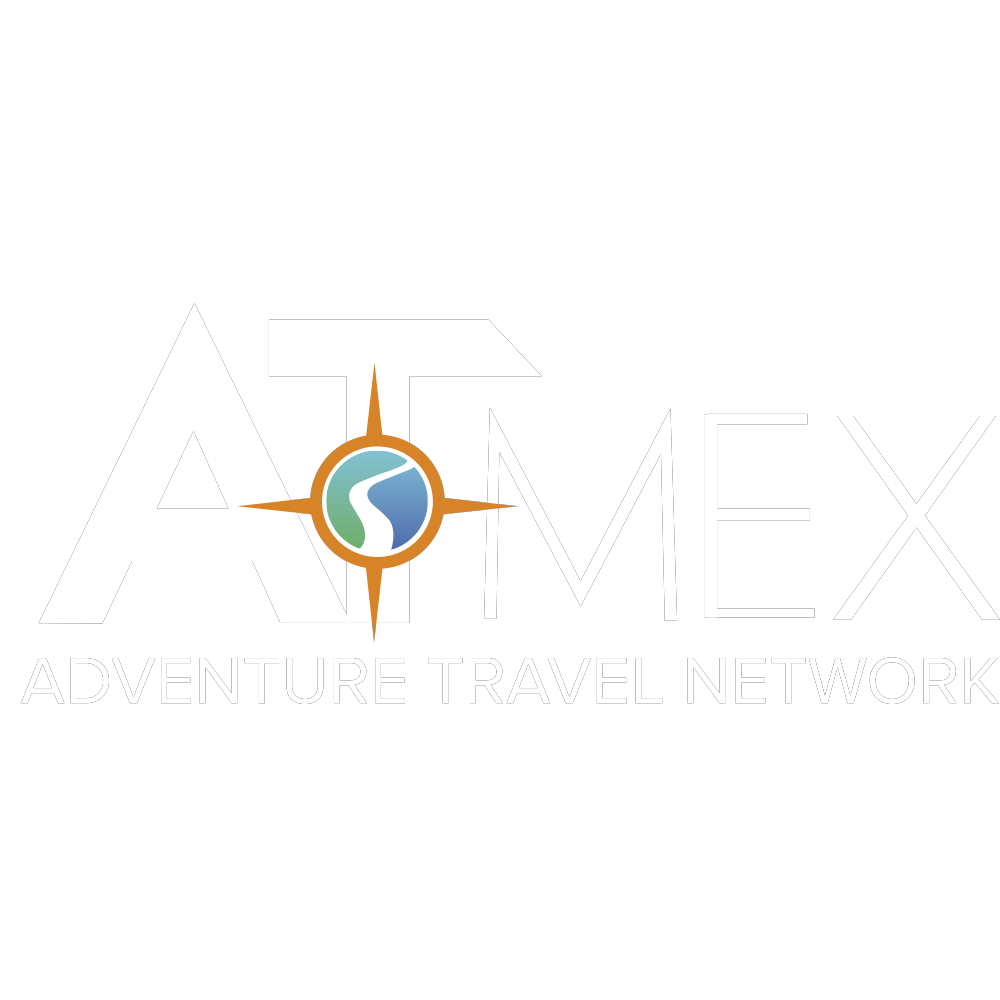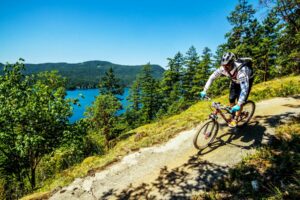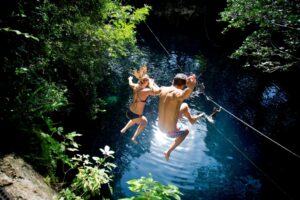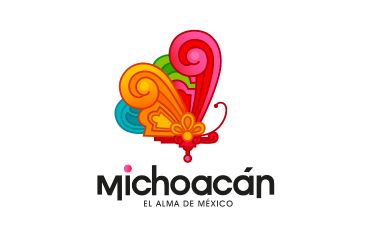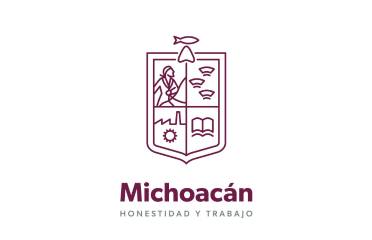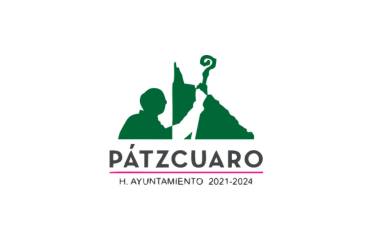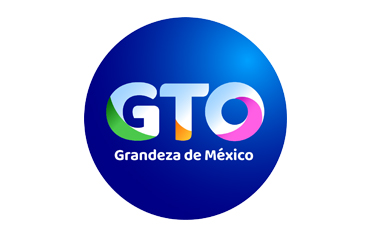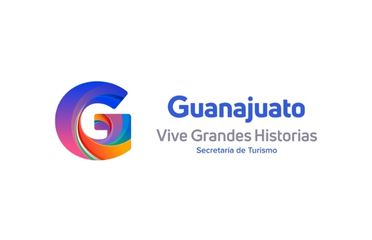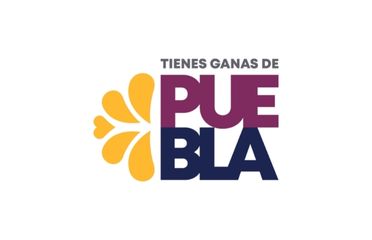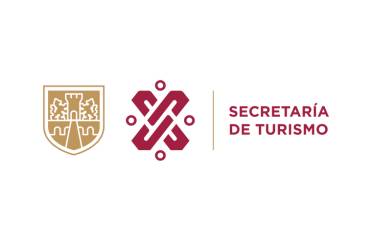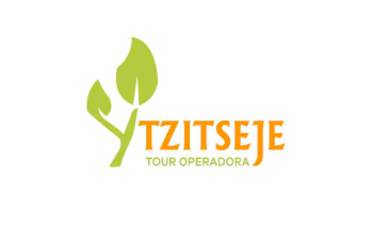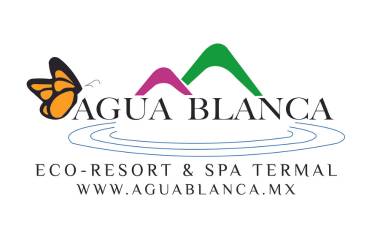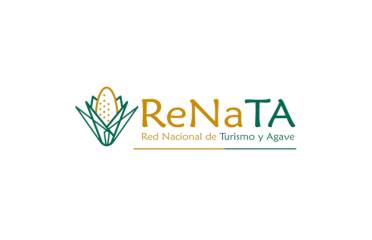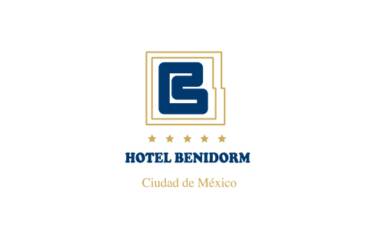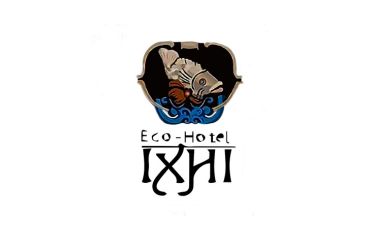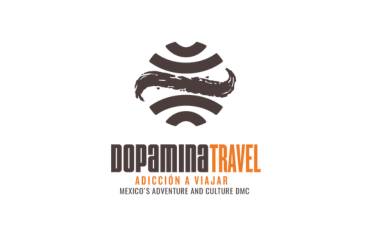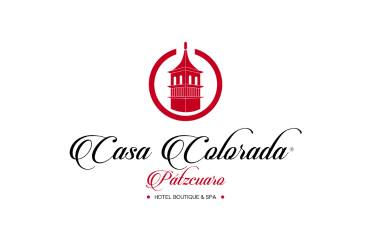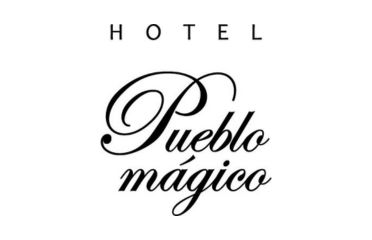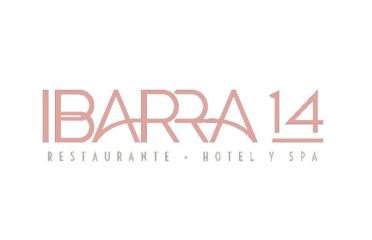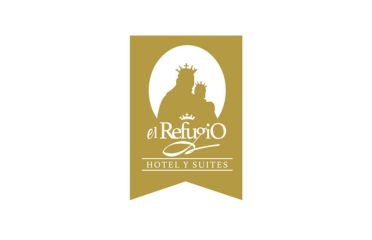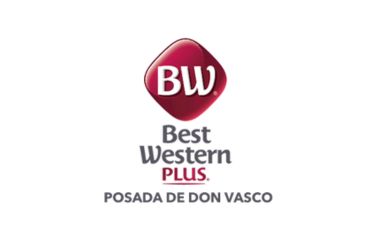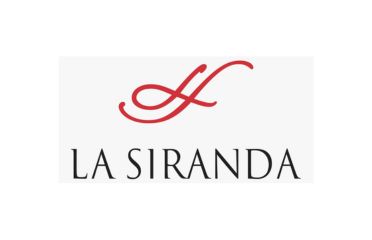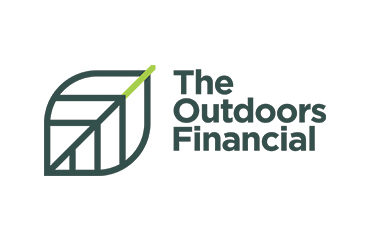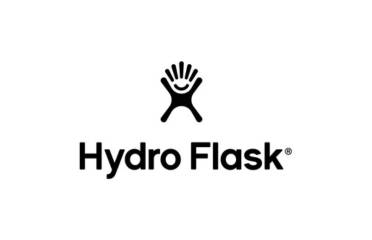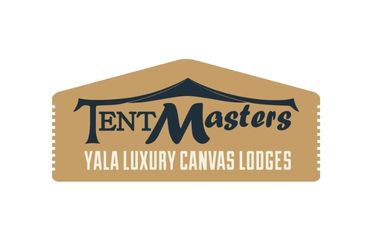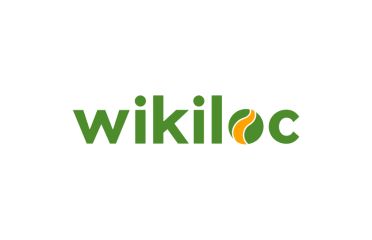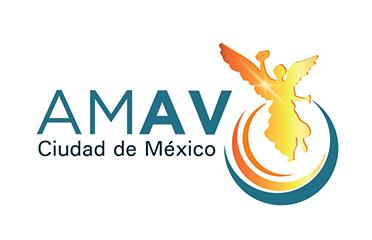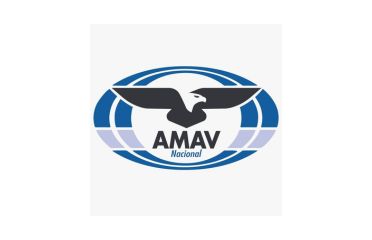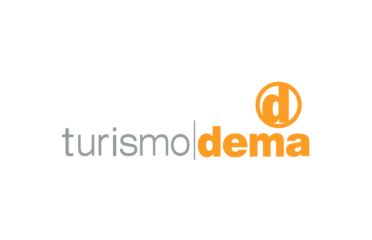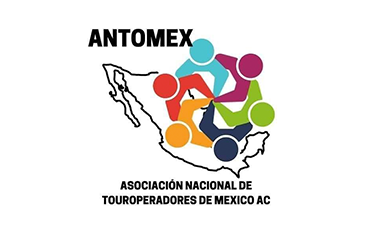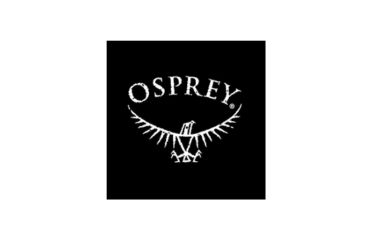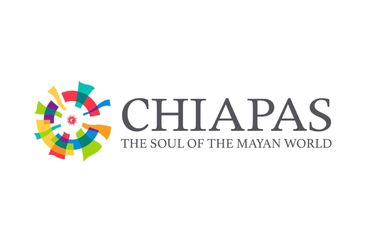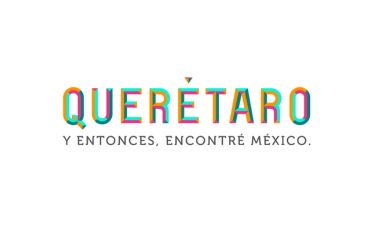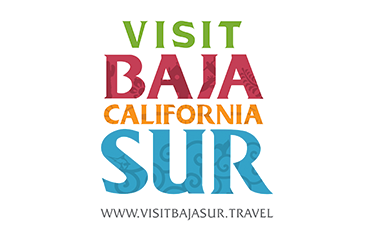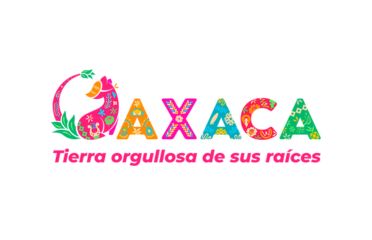In the case of nature and adventure tourism, despite not being a massive product like sun and beach, the same saturation challenge is starting to become more important as more and more destinations try to tap into the narrative of nature and adventure tourism to either position themselves within a growing segment or to differentiate themselves from other destinations by using a narrative that connects with more tourists everyday. If you add a platform like Instagram to the mix, what you end with is that all places tend to look the same.
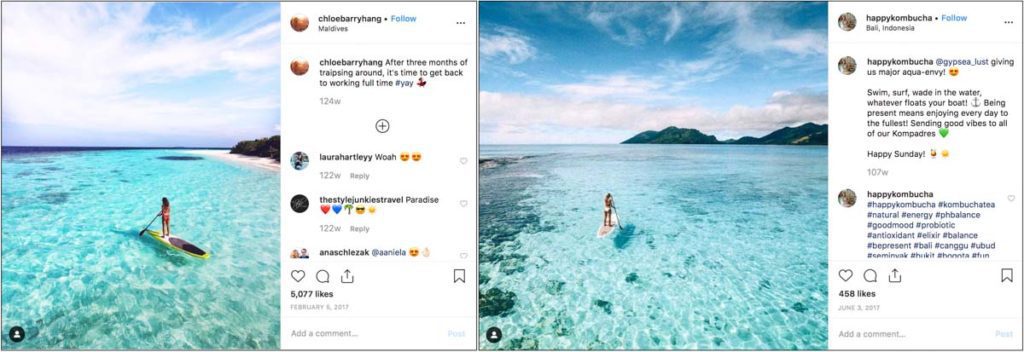
The above statement presents a huge challenge when deciding how to invest marketing budgets to promote nature and adventure destinations and products. Here are five basic principles to take into consideration when promoting a nature and adventure destination or product.
1. Know your product.
You can’t promote everything, you have to choose. It is very important that you have a deep understanding of what you are selling and what makes it different from what others are selling. Your destination or product probably has a lot to offer to travelers, but most likely, most of it, is also offered by other destinations or tour operator companies. You have to be able to separate the complements to the experience you are offering from what makes it unique, its essence. A great example of this is Visit Norway #SheepWithAView campaign.
2. Talk to your real consumer.
After analyzing your product/destination and determining its essence, the next step is to identify your real consumer. It might seem easier to think that speaking to a broad universe of potential travelers will generate more conversions to purchase, but several studies demonstrate it isn’t so. While speaking to a broader audience will have a bigger volume of results such as impressions and clicks, conversion probably won’t be as positive because your product is not connecting with the right type of people, the type whose essence matches the essence of your destination or product. If you are a tour operator company and your highest selling tour includes mountain biking, you will more likely get more conversion by talking to people who like or practice that activity, even if the sheer volume of impressions doesn’t seem as high or if the “likes” you are getting are more expensive. Likewise, if you are a luxury brand, you have to speak to people that consume luxury brands.
3. Micro-targeting or focalized segmentation is key.
Most destinations and tourism companies make a big mistake when using segmentation for their ads: they base it on demographics. What you are doing while segmenting by demographics is actually increasing your competition, and therefore diminishing your conversion rate. Identifying a market niche that matches what you are selling is the best way to position your product or destination. A clear example of this is Virgin Trains 2018 Pride campaign for the LGTBQ+ community in the UK. The company celebrated the LGTBQ+ community by painting rainbows on their trains, and having specials to transport anyone who went to the different Pride Festivals that happen during the summer. According to the International online behavioral advertising survey, a well targeted ad gets as much as 670% more positive results than a generalized ad.
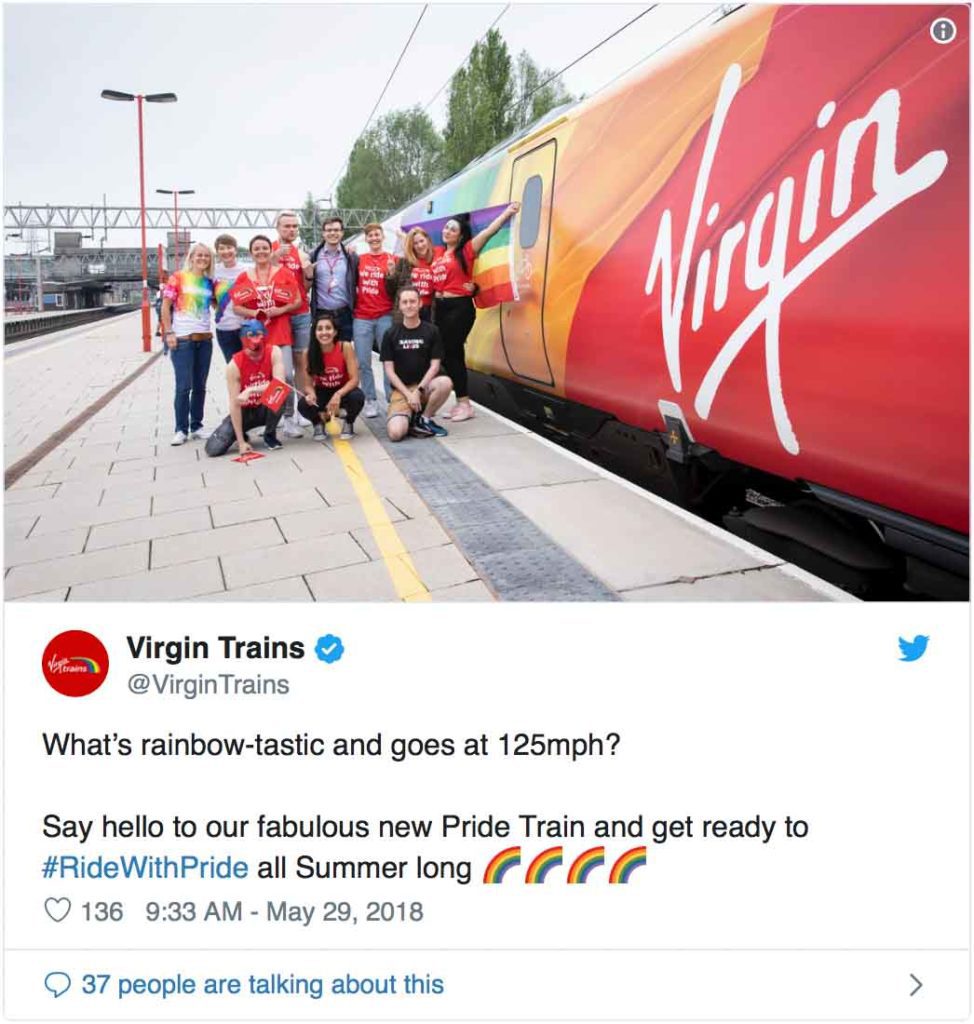
4. Be coherent about how you communicate your product and its reality
In the tourism world we are accustomed to seeing the perfect picture, and tools like Instagram help maintain that illusion, however, in Nature and Adventure Tourism, we have to maintain a healthy balance between visual aesthetics and consistency and reality. Security comes first and expectation management second. It is essential that you always tell the tourist what he/she needs to know to prepare for the tour or trip.
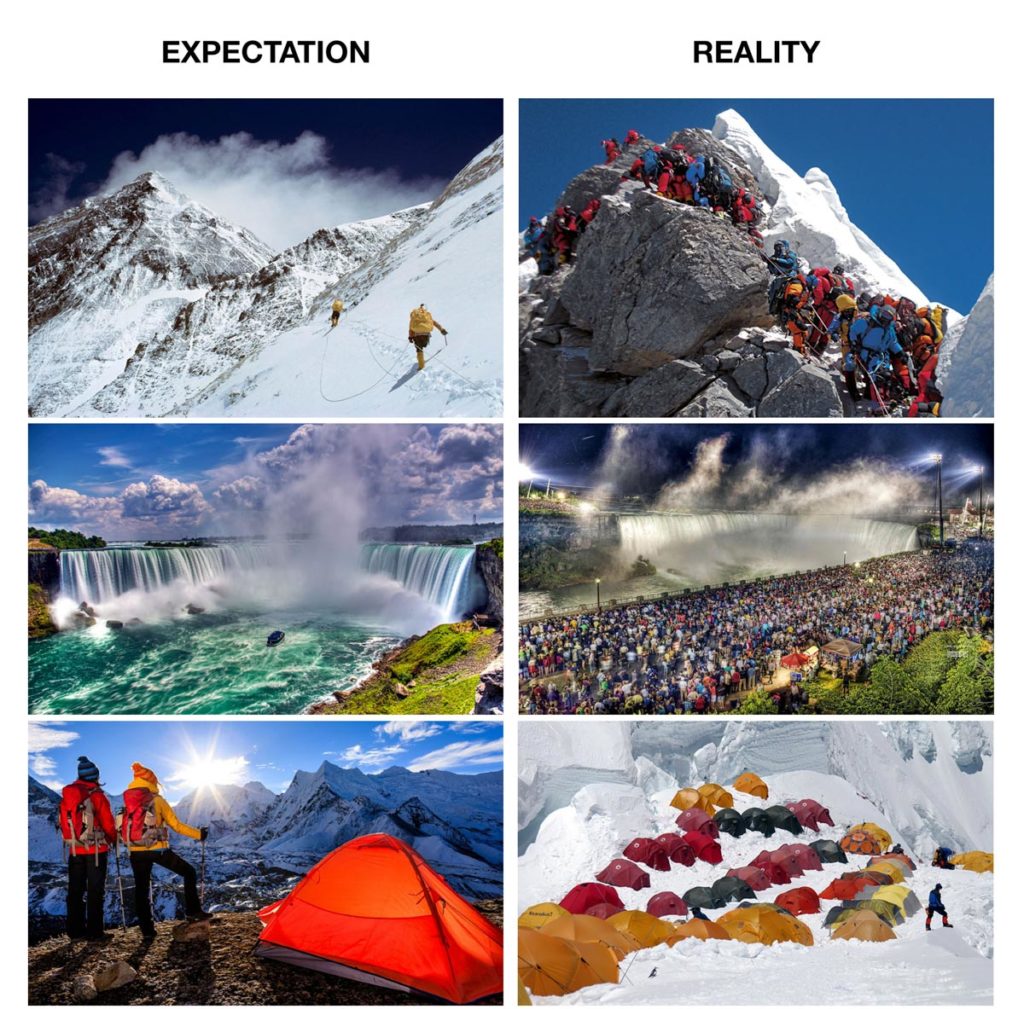
5. Capitalize your content and the content generated by your clients.
User generated content (UGC) supases any budget any company or destination can have to promote their destination/tourism products. For example, the hashtag #hiking has 45,970,526 million posts on Instagram. #Climbing has 10,635,461 million posts and #cycling has 22,695,592 million posts on the platform without considering other social networks, while campaigns funded by tourism boards like #VisitBritain has 705,753 posts, #VisitSpain has 1,339,946 posts and #visitmexico has 2,662,799 posts on the platform. This speaks a lot about just how much volume can be influenced by word of mouth. Taking control of how this UGC is created is essential to a good marketing strategy in today’s social media obsessed world.
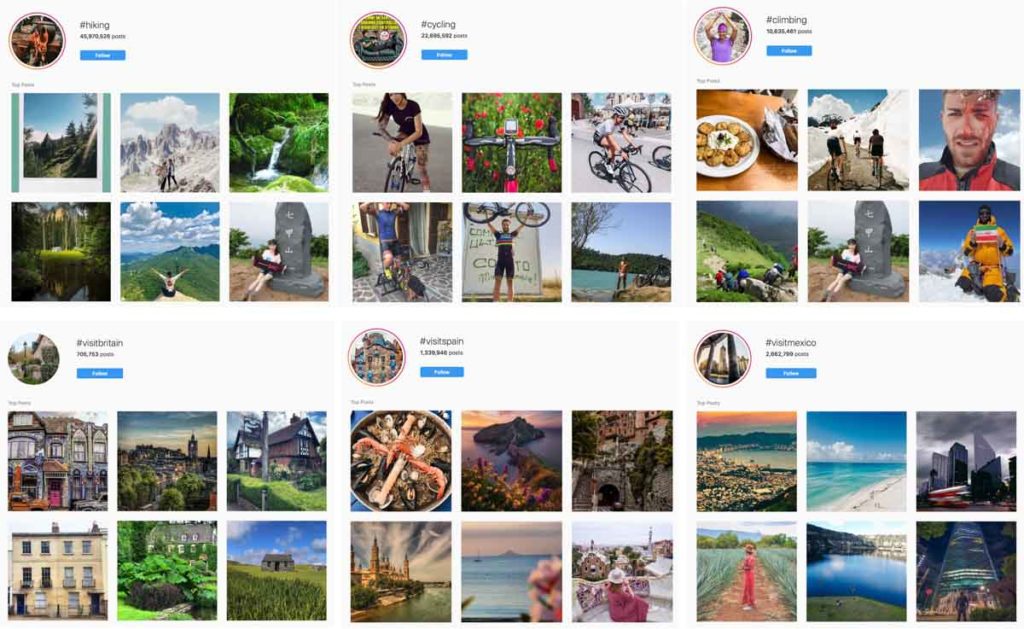
A good example of taking charge of the UGC was conducted by the Costa Brava Girona Pyrenees Tourist Agency in 2014. They created a campaign whose objective was to grow their followers on instagram while highlighting the best the area has to offer. They launched a photo contest on Instagram with the hashtags #LaTardorEnColors, #incostabrava or #inpyrenees, where every week people had to post images in different color hues. The result generated over 400 thousand posts and a locally/visitor-ly produced album of the area. The campaign was so successful they continue to incentivize engagement through photo contests, the most recent one is called Instagram Your City, focused on different areas every month. Bases can be consulted on https://instagram.costabrava.org. It is a strategy that requires prices and incentives for the participants, but that generates engagement and fresh content every month.
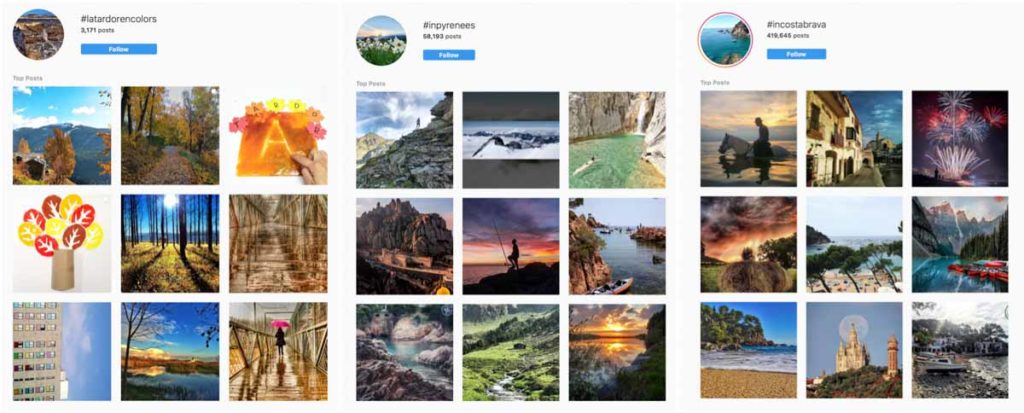
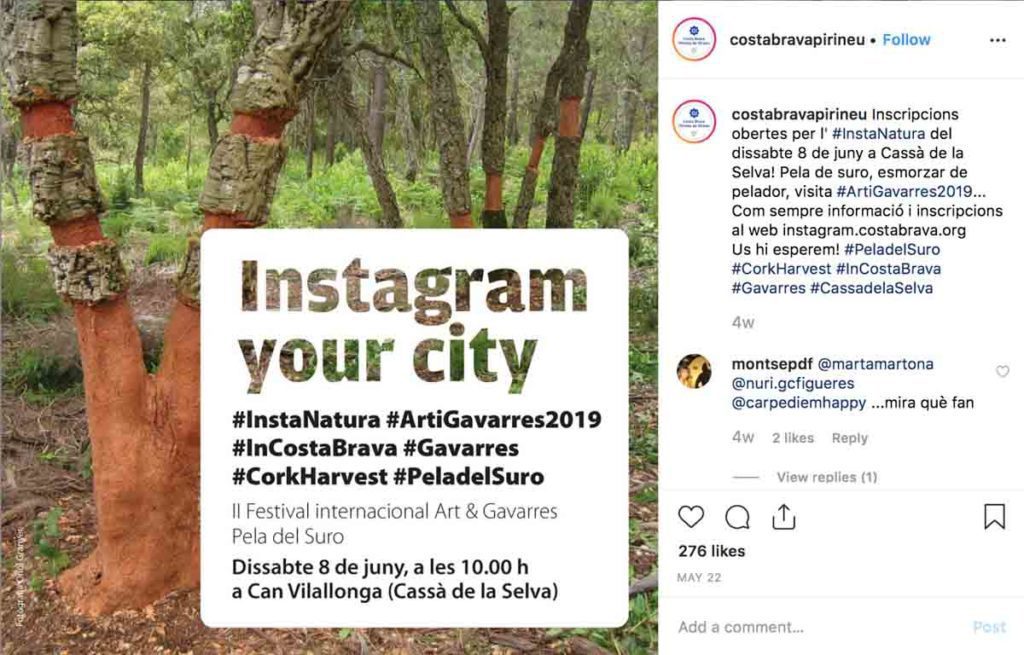
Even though the examples mentioned above belong to destinations or big companies, the 5 basic principles can be used creatively by any Nature and Adventure tourism business.
